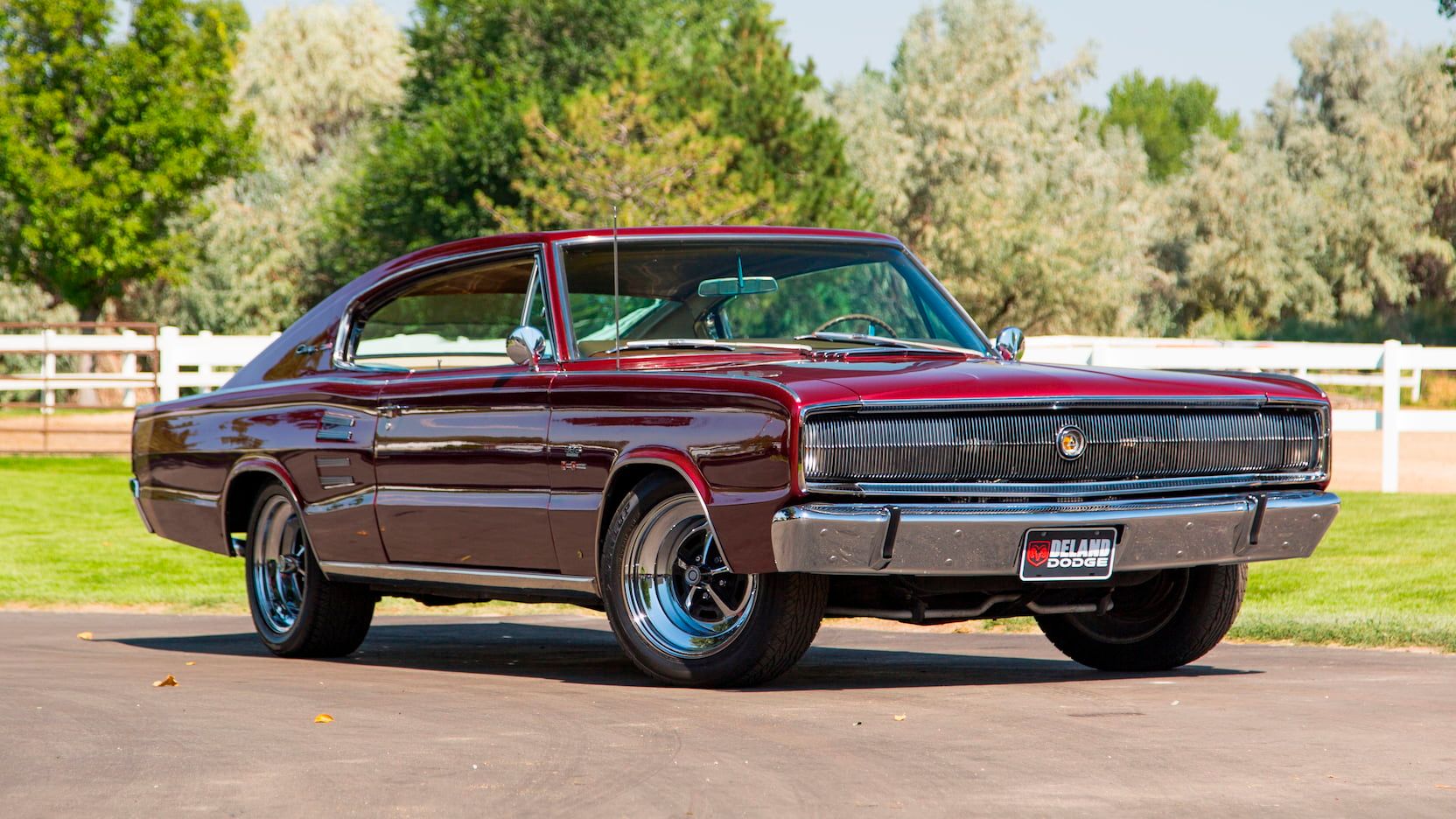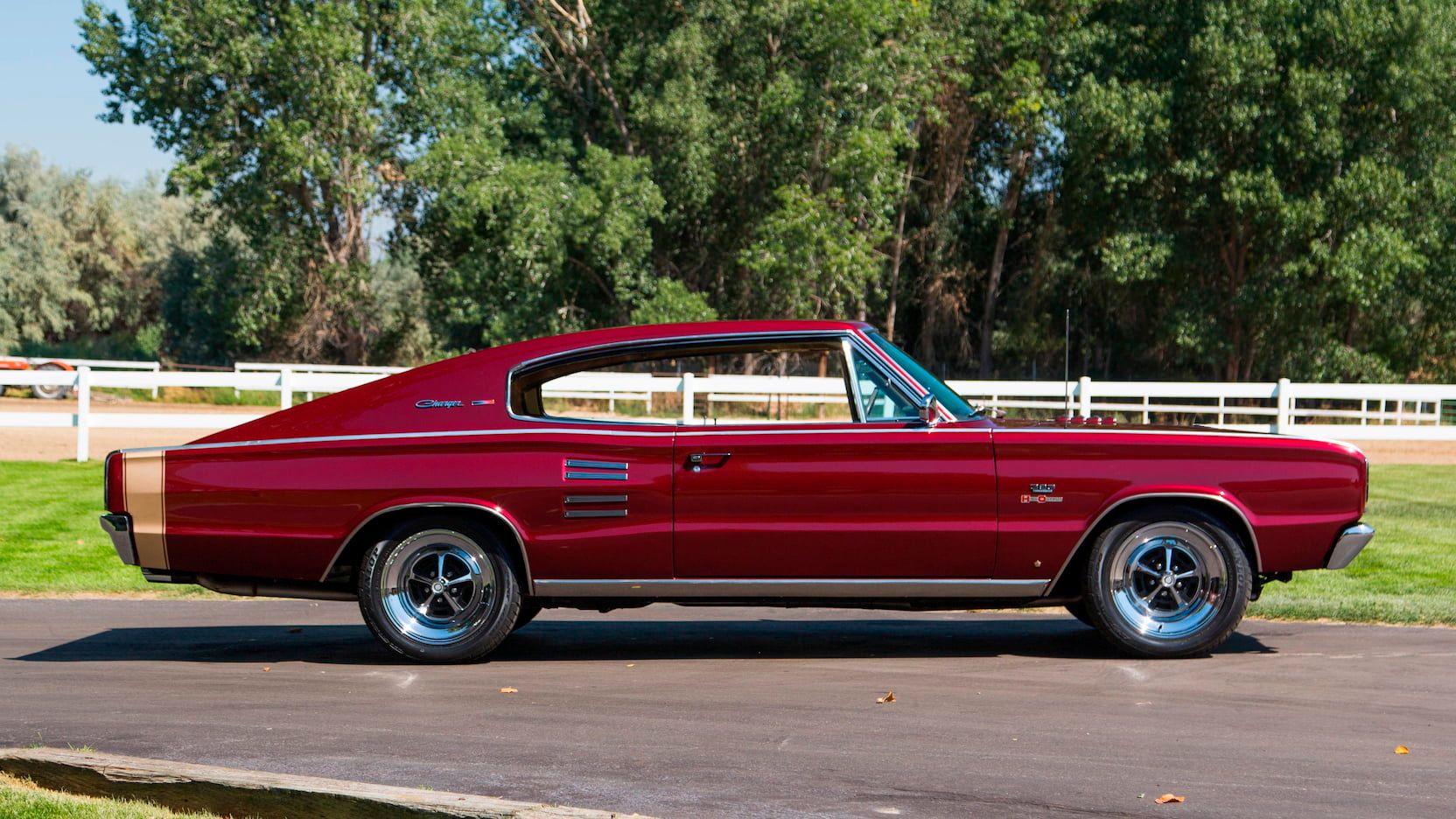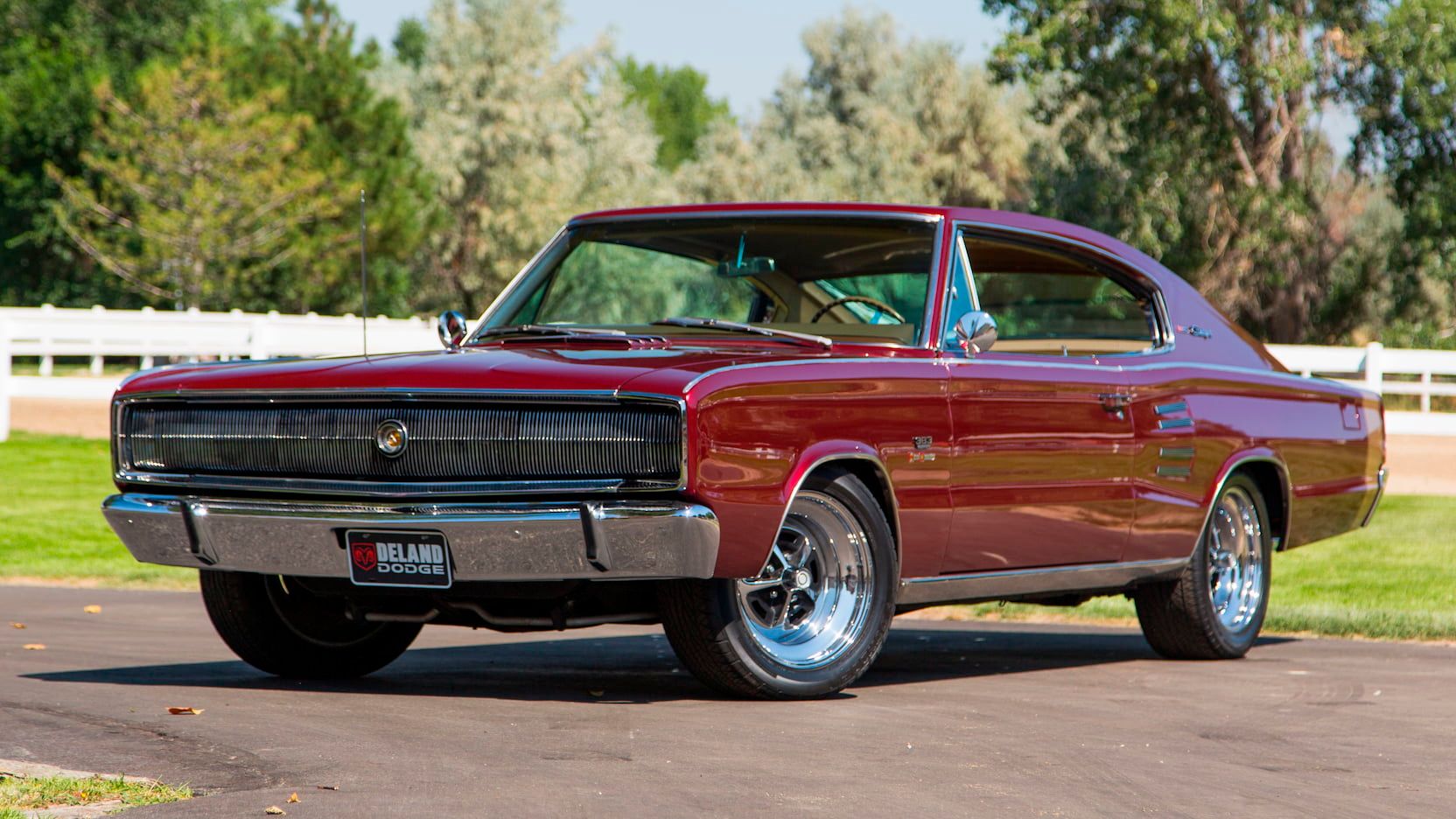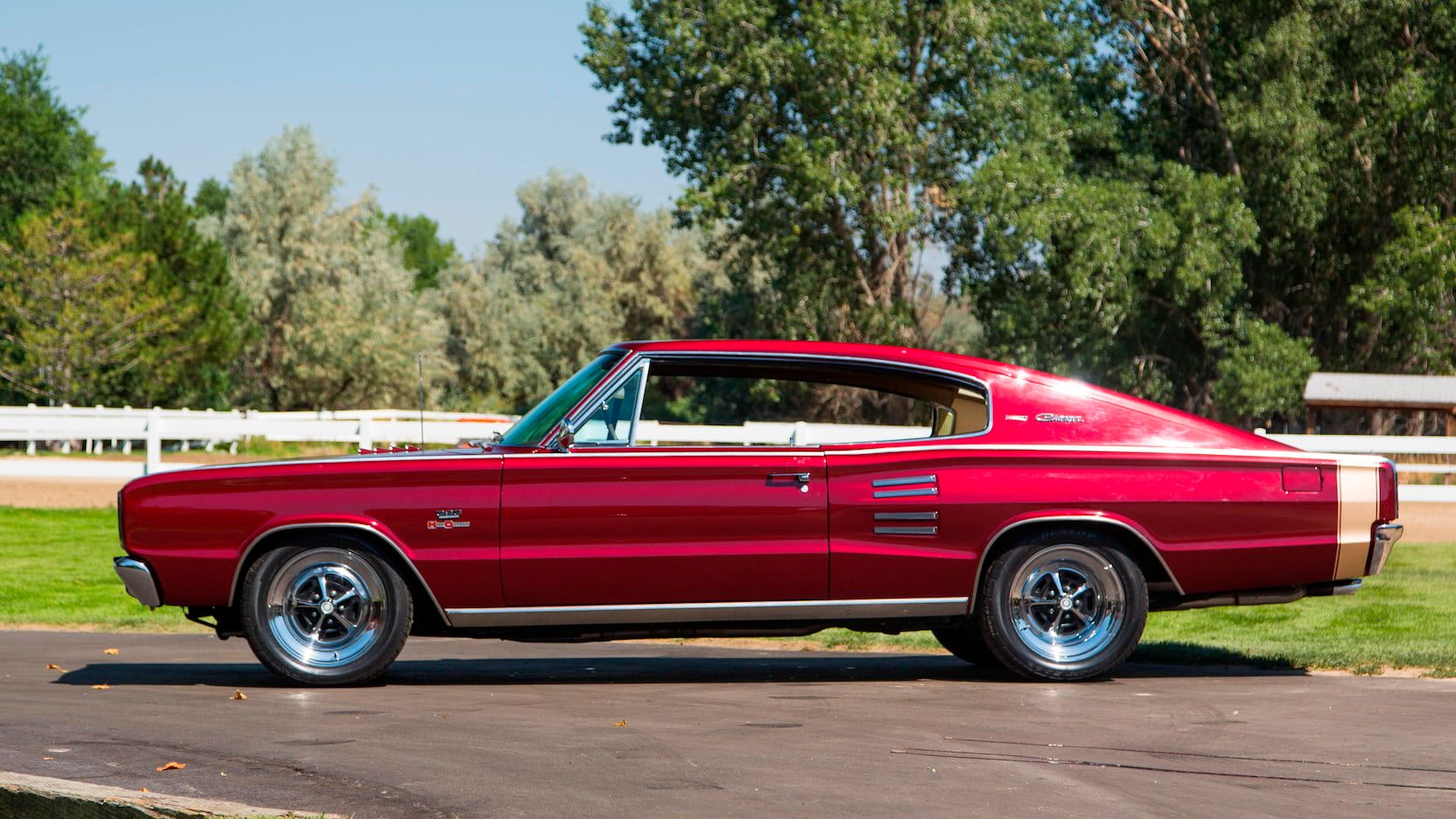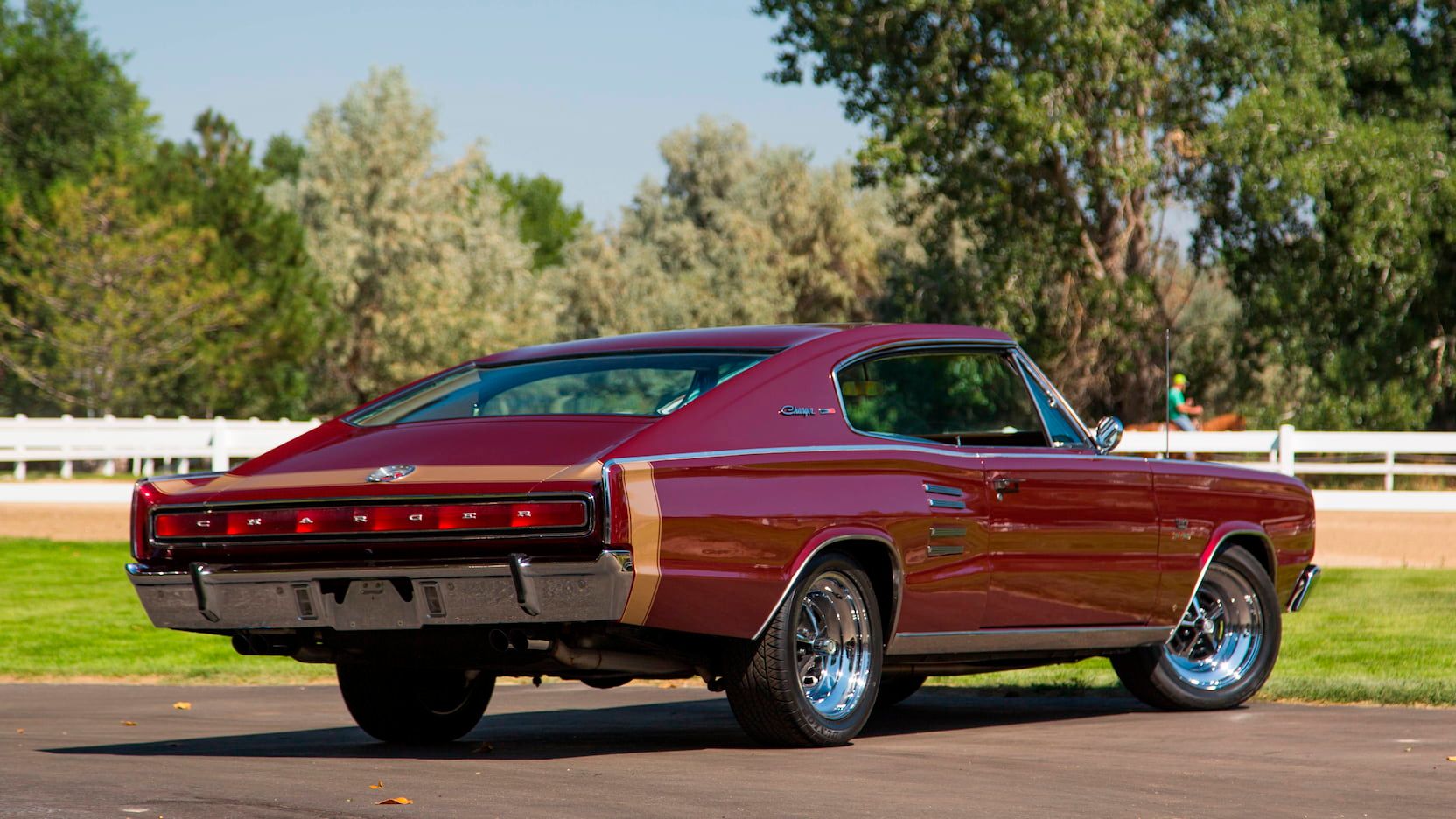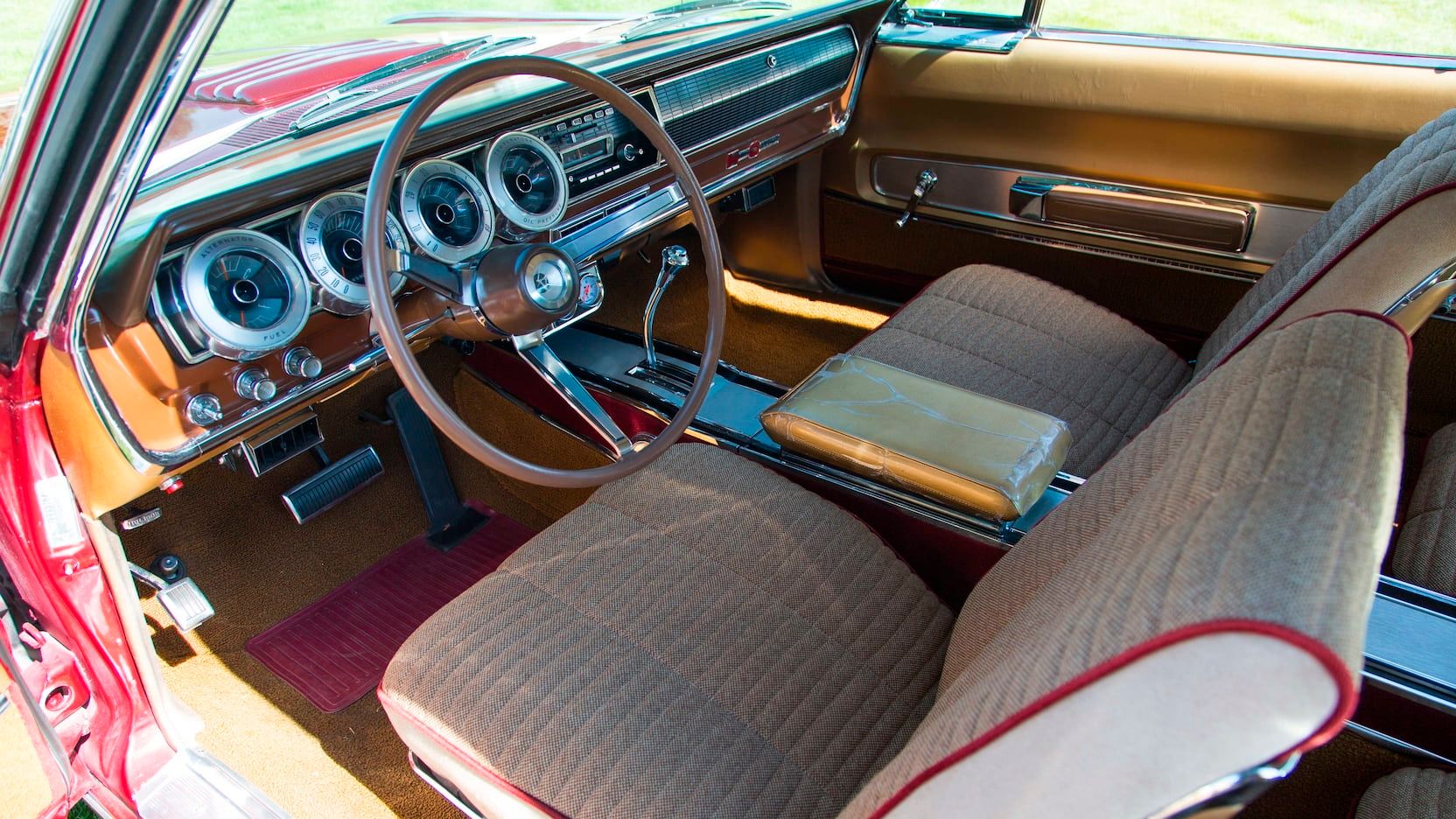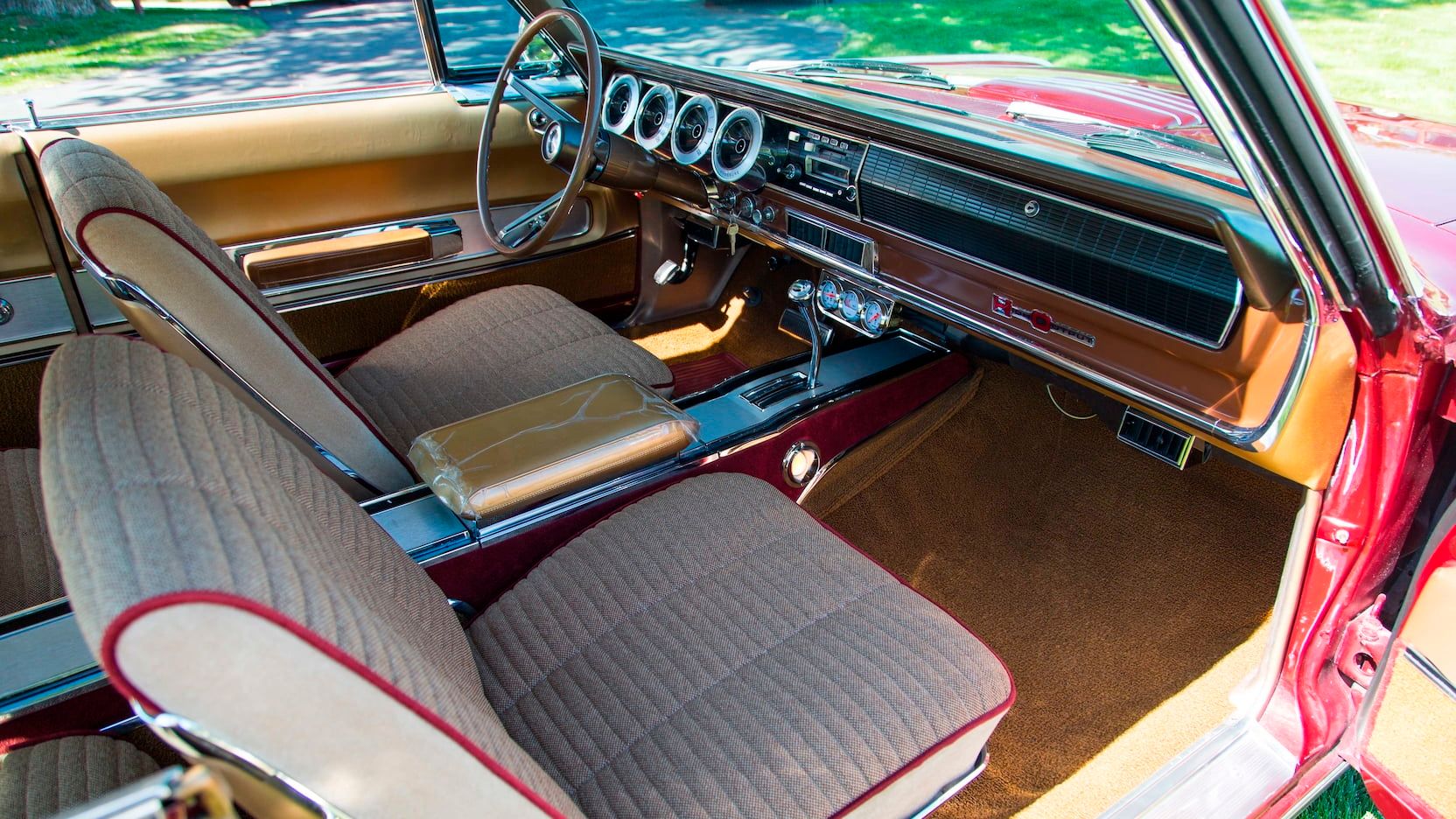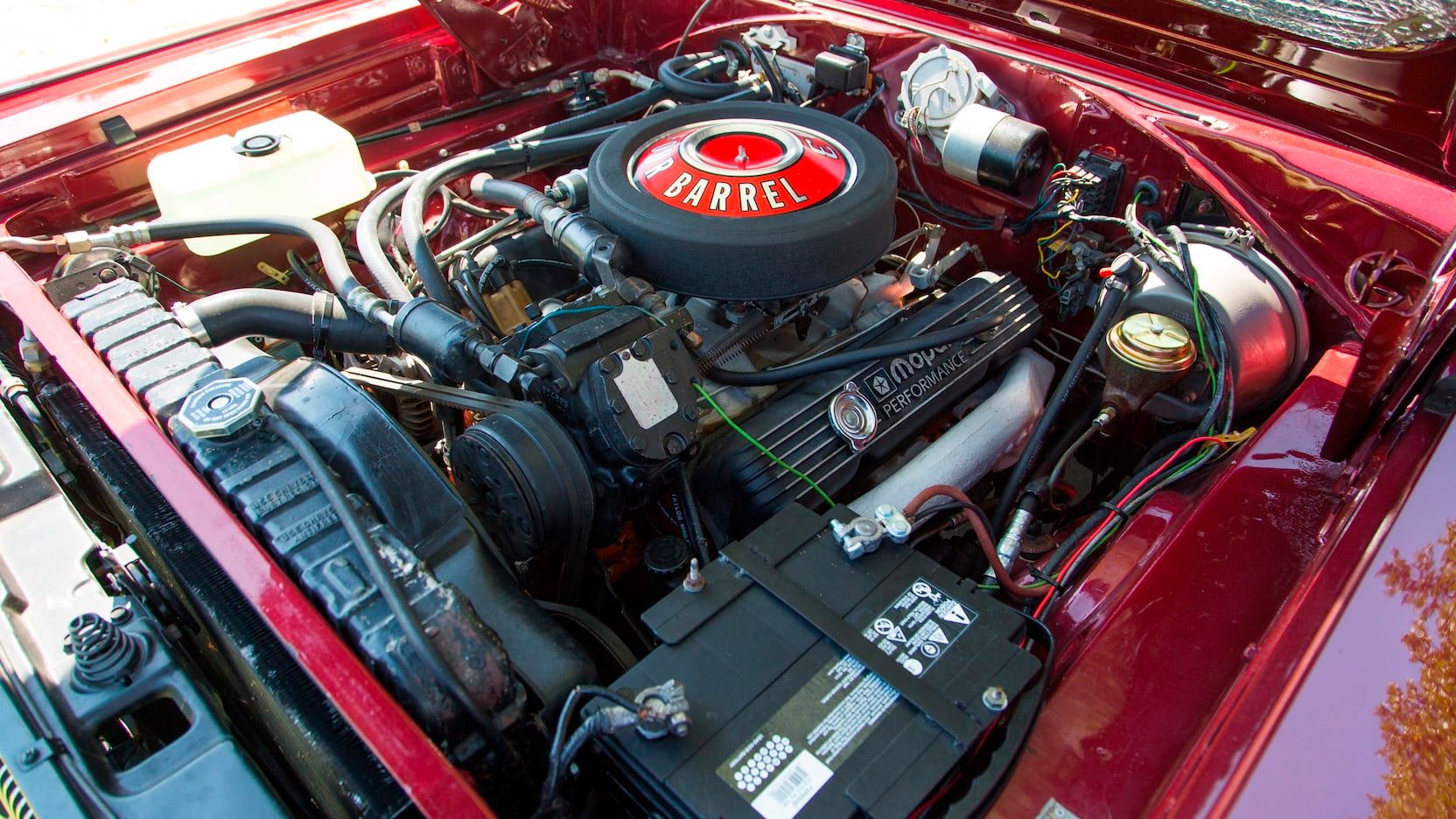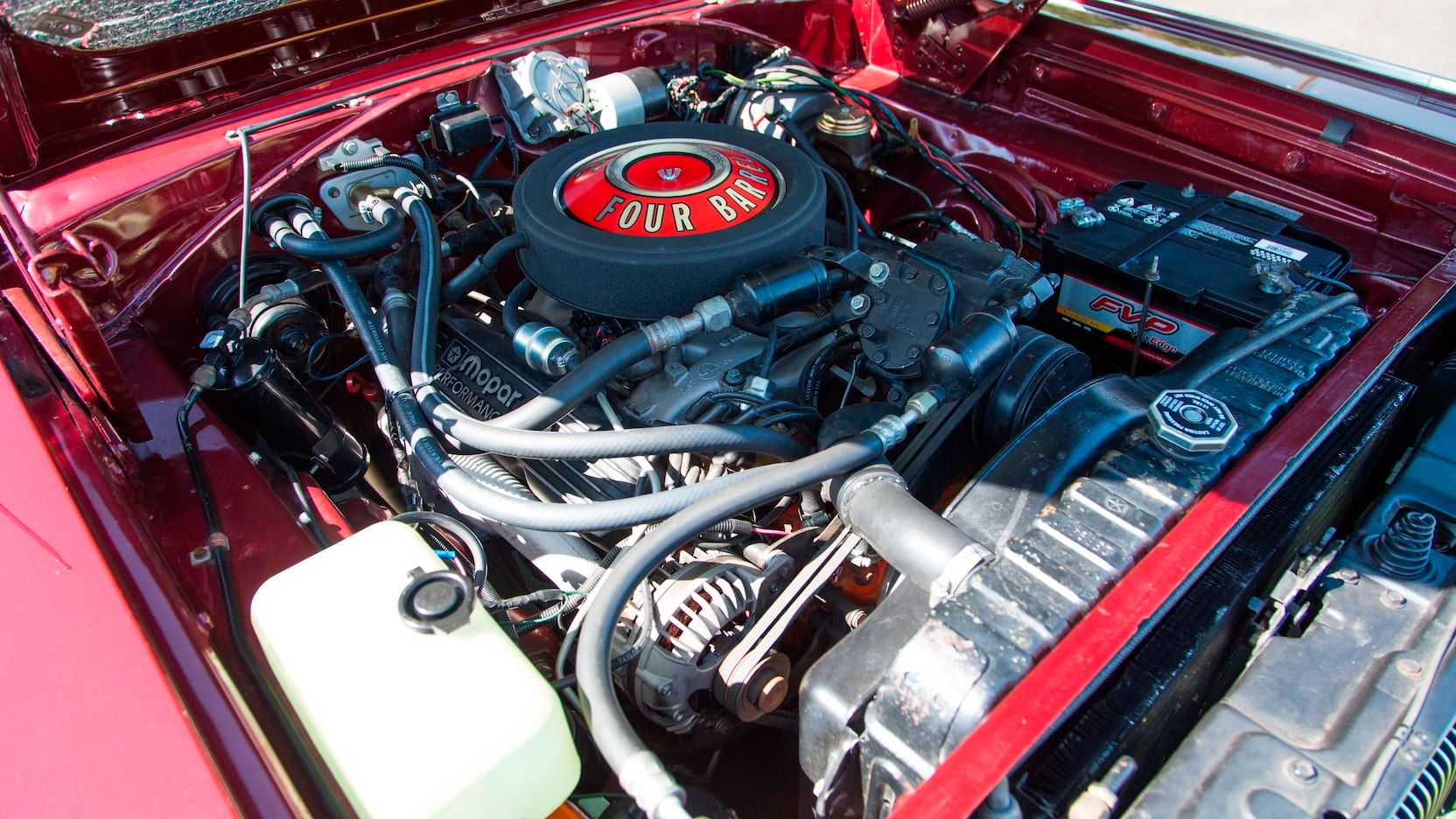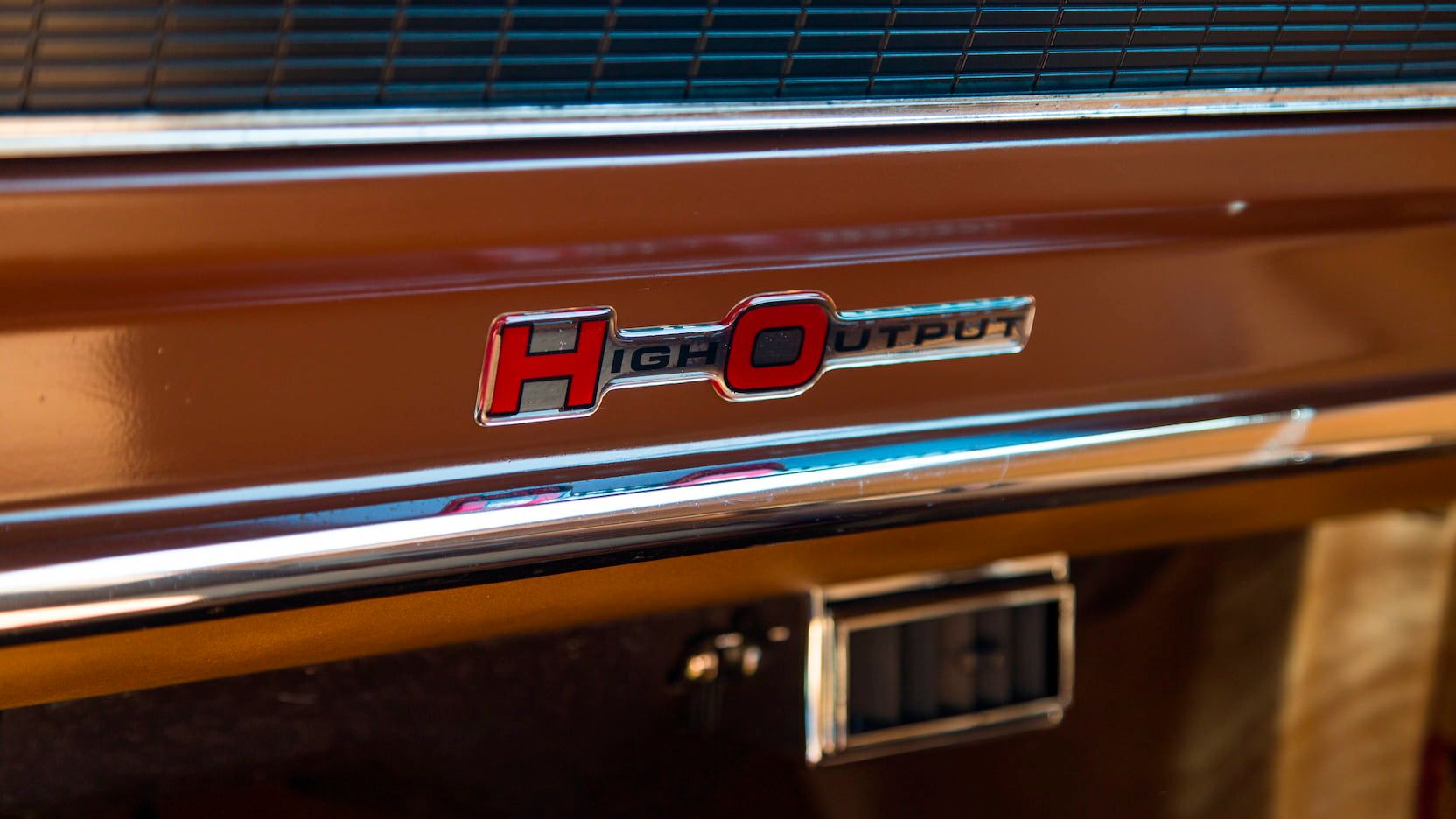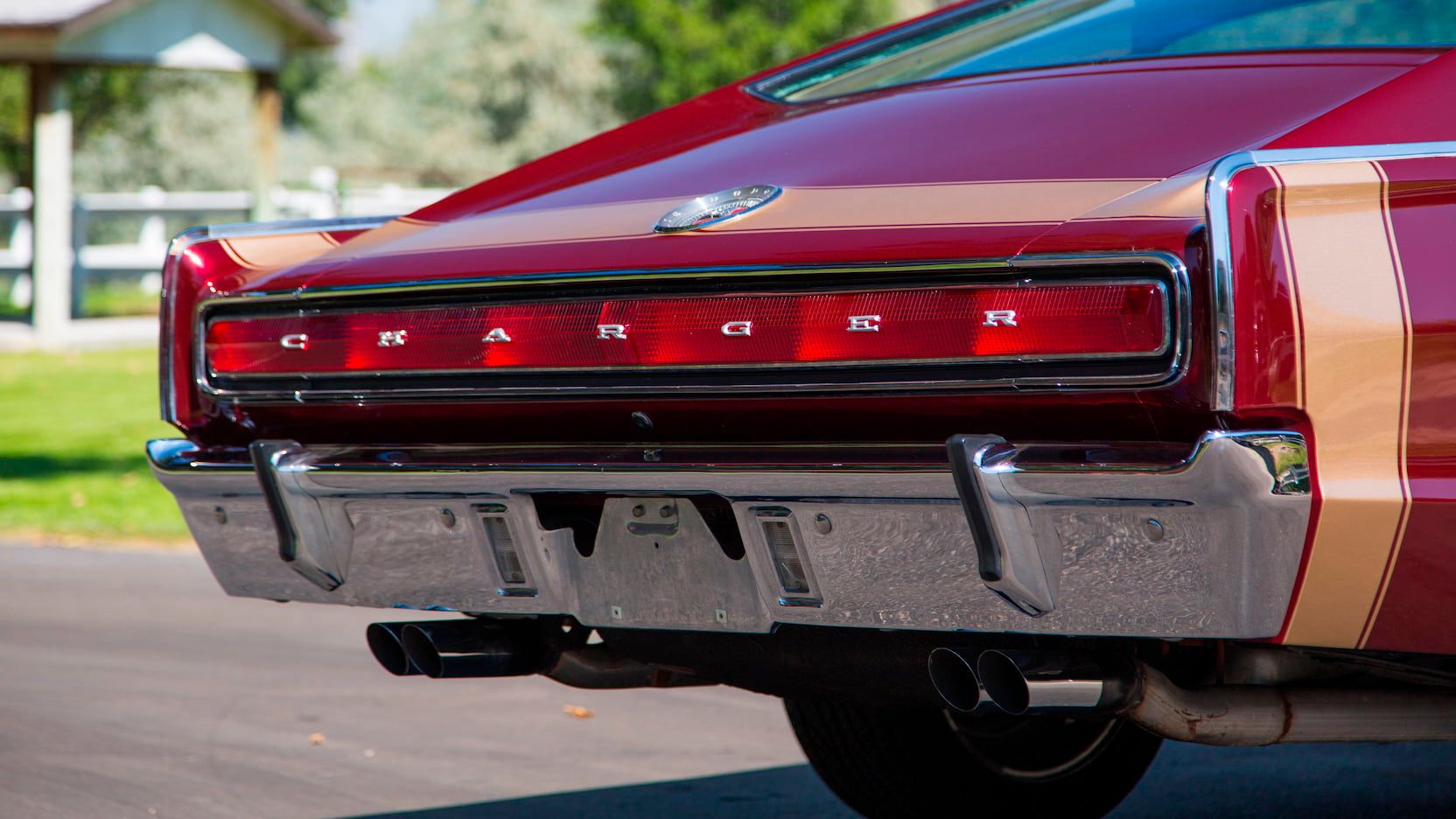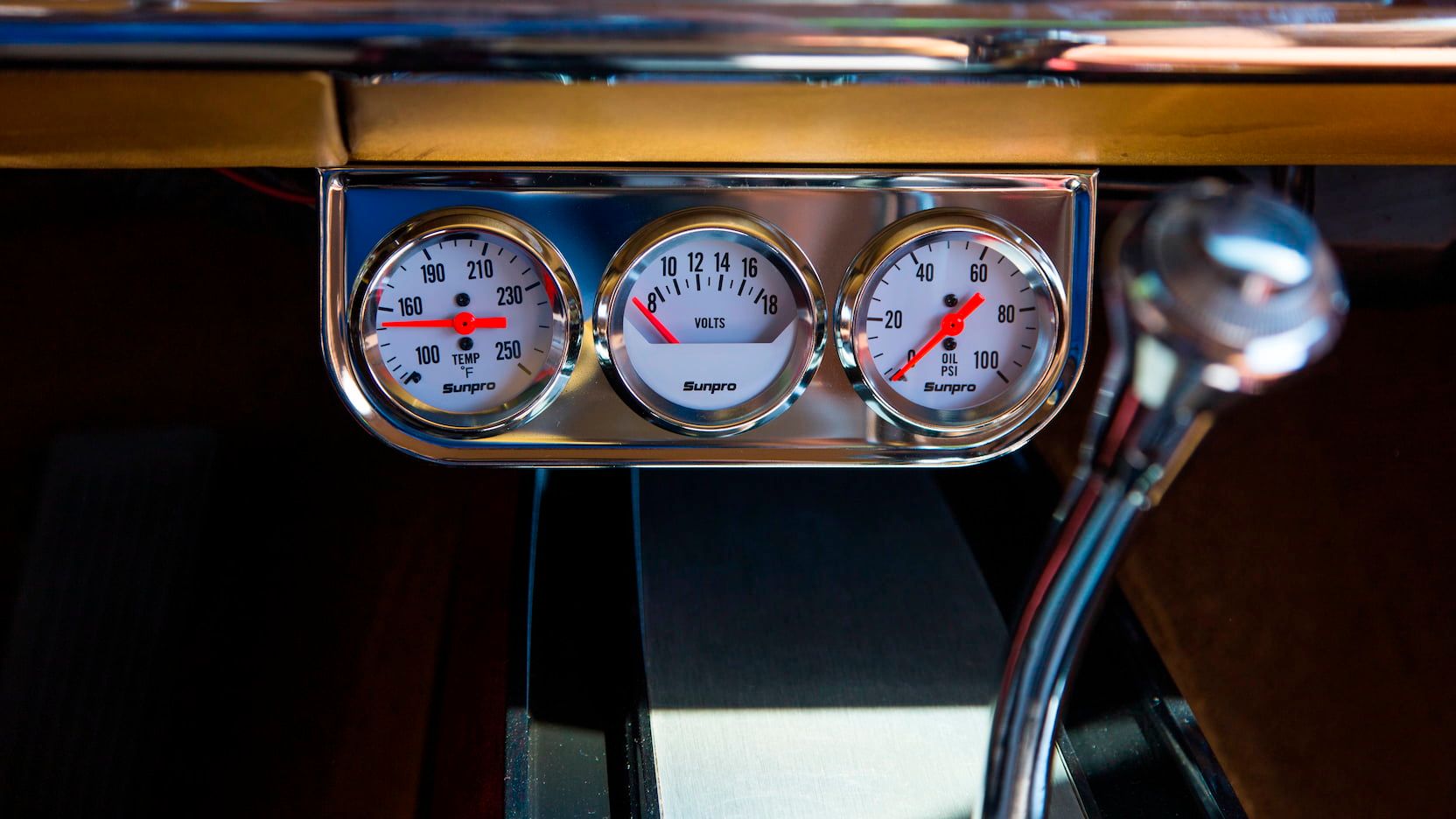The Dodge Charger was Chrysler Corporation's more luxurious response to the Mustang, billed as a mid-size fastback coupe similar in size and shape to the AMC Marlin. It was based on the Coronet but shared none of its visuals and spawned a number of super quick versions that tortured just about any early Mustangs.
The year was 1966 when Dodge finally joined the fastback muscle car party with the Charger. It was based on the B-body platform and was previewed in an ad that ran during that year's Rose Bowl which talked about the new "Leader of the Dodge Rebellion."
The original Charger was a more refined coupe sitting just under the personal luxury category dominated by Ford's T-Bird. That's why performance wasn't paramount from the get-go although the 426 Hemi engine was duly available. Also, Dodge quickly put the Charger on the track in the Nascar series, the car winning the 1966 NASCAR Grand National championship with driver David Pearson.
1966 Dodge Charger
- Make: Array
- Model: 1966 Dodge Charger
- [do not use] Vehicle Model: Array
1966 Dodge Charger Exterior
This was all happening while the man at the top of the Chrysler pyramid was Lynn A. Townsend. According to an article written by then-Chief and Manager of Dodge Passenger Car Planning, Burt Bouwkamp, Townsend had an overview that contradicted that of the regional dealers. Bouwkamp recounts that " vision was that the Chrysler cars competed with Oldsmobile and Buick, Plymouth competed with Chevrolet and Ford, and Dodge competed with Pontiac." He argued that this was "a logical plan, but that is not what the Dodge dealers or the Dodge sales division wanted."
Instead, according to Bouwkamp, "For , the Dodge dealers took every opportunity to tell the management they wanted to sell in the Ford-Chevrolet-Plymouth market." Ultimately, the rift got so evident that Townsend made one concession: "we were authorized to plan one Chevrolet-Ford-Plymouth competitive model," said Bouwkamp of what would become the Dodge Polara. But the Polara was a C-body model, bigger than what the dealers wanted, so the dealers' anger wasn't quenched.
By 1965, remembers Bouwkamp, "one of the Dodge Dealer Council requests was for a Barracuda type vehicle; the theme was the same — 'we want what Plymouth has.'" But Townsend was clear: he did not want to see Dodge make a Barracuda rival. That's how the original Charger was born, with an 11-inch longer wheelbase than that of the fish-named Plymouth so that it wouldn't compete with it directly.
"Money and timing dictated a derivative of an existing product, so the first Charger became a fastback derivative of the Coronet two-door hardtop," said the former Chief of Product Planning. The design team led by Bill Brownlie although the overall styling is credited to Carl Cameron.
The production Charger is easily noticeable thanks to the "electric shaver" front grille that stretched across the front fascia. It is framed by chromed trim pieces. The car's design team opted for a decidedly boxy outline for both the front end and the rear, the rectangle being the go-to geometric shape on the 1966 Charger. The four headlights are hidden behind the polished grille with vertical bars. They rotate into view when needed.
Below the grille, there's a thick chromed bumper with two integrated vertical elements that are replicated in the back as well. The hood opens with the central part of the front trim.
The Charger comes with typical Rallye-style hubcaps with a chromed lip and spokes and blacked-out recessed sections.
The pillarless design makes the car longer than its 117-inch wheelbase would suggest. At the back, this Cranberry Red Metallic-painted car features a double gold line. The rear end is characterized by the presence of a horizontal one-piece taillight with the 'Charger' letters placed on it. the taillight is surrounded by an equally angular air vent. Below the rear light, there's the chromed bumper, again hefty in size.
The form of the rear window is quite unique on the early Chargers as it slightly wraps over the raised edges of the C-pillars, forming a sort of a wide U. The car has dual exhaust pipes that end with two chromed tips on both sides.
1966 Dodge Charger Exterior Dimensions:
|
Wheelbase: |
117.0 inches |
|
Length: |
203.6 inches |
|
Width: |
75.8 inches |
|
Height: |
53.0 inches |
1966 Dodge Charger Interior
The design of the four main gauges is interesting. In the case of the tachometer and the odometer, the numbers are written with black characters on the outer silver ring while the needle moves within the confines of the gauge itself - this is because the Charger doesn't have usual light bulbs that light up the instrument panel, instead going for electroluminescent dash pods.
In the middle of the dash, there are the A/C controls as well as the radio. The vents for the A/C are placed just below, in line with the steering wheel. There are also three more Sunpro gauges attached to the lower edge of the dash which show you the oil temperature, pressure and the status of the battery.
1966 Dodge Charger Drivetrain
You could have any engine your heart desired in your 1966 Dodge Charger as long as that engine had eight cylinders placed in a V shape. Granted, four different V-8s were available for the '66 mid-model year (the car was presented in January, but it wasn't available until May) Charger. The smallest V-8 was the 5.2-liter unit with a single two-barrel carburetor. Then there was the 5.9-liter V-8, the 6.3-liter V-8 with a quad-barrel carburetor, and the 7.0-liter Hemi V-8 with two quad-barrel carburetors.
The 6.3-liter V-8 is the engine powering the car we see here in these pictures.
This particular example also has front and rear Hemi sway bars, rear Hemi leaf springs, power brakes, and power steering. This car comes with the 3-speed automatic transmission. A 3-speed manual was also available as well as a 4-speed manual. The suspension was independent at the front where Dodge also fitted disc brakes while drums sat at the rear.
1966 Dodge Charger Specifications:
|
Engine: |
6.3-liter SOHC naturally-aspirated V-8 engine |
|
Output: |
325 horsepower and 420 pound-feet of torque at 5,500 rpm |
|
Fuel feed: |
Single quad-barrel Carter AFB carburetor |
|
Compression ratio: |
11.0:1 |
|
Brakes: |
Discs up front, drums at the rear |
|
Suspension: |
independent up front, sway bars with leaf springs at the rear. |
|
Weight: |
3,650-3,920 pounds |
|
Top speed: |
121 mph |
1966 Dodge Charger Pricing
This particular is estimated to sell for anywhere between $25,000 and $35,000. This is, according to Mecum Auctions, a car that underwent a "frame-up restoration" with a number of optional extras inside as well as some Hemi parts that hike the price up.
If you don't have that kind of money, though, there's no reason to despair. Chargers in average condition sell for about $12,000 to $18,000 and, with 37,000 units sold in 1966, the market has plenty to offer.
1966 Dodge Charger Competition
Plymouth Satellite
The Satellite was the top trim level of the mid-size Belvedere based on Plymouth's B-platform. It was available as a two-door hardtop or convertible and, as was the case with the Charger, you could have any engine as long as it was a V-8.
In 1966, the 7.0-liter Hemi V-8 with two 4-barrel carburetors and 10.25:1 compression ratio that developed 425 horsepower and 490 pound-feet of torque. However, you could have your Satellite with a choice of much more mundane engines such as the 4.5-liter 180 horsepower V-8, the 5.2-liter 230 horsepower LA V-8, and the two Commando V-8s.
In total, over 38,000 Satellites were sold in 1966 alone making it slightly more popular than the Charger. It must be said, though, that the Satellite was cheaper in the period and remains so to this day with great examples on sale for about $20,000 - $25,000.
AMC Marlin
The Marlin debuted in 1965 and was aimed at "buyers wanting a sporty fastback that was also roomy and comfortable." The car was sold as a ploy to attract people to the AMC/Rambler dealerships in hope they'd end up buying something. According to Tom Coupe, AMC's vice-president for sales, "the basic reason we produced the Marlin, is to attract attention to American Motors."
The AMC has the same fastback roofline as the Charger but looks way less elegant and seems rather hunchbacked when viewed from a distance. Vincent Geraci, who was Chief of Product Design at the time, admitted that transforming the basic Tarpon into a 2-door coupe, in an aim to cut costs, didn't lend to the best results: "We took a 1965 body design and turned it into a sportier version. But enlarging the car from its original concept and raising the roof produced an adverse effect on overall appearance," he said.
The Marlin was available with a series of V-8 engines as well as a couple inline-6 options. Little over 2,000 Marlins were fitted with the smallest 3.8-liter 232 horsepower 6-pot engine while the 5.4-liter V-8 was a much more popular option. The car came with a few luxury-oriented standard features such as individual reclining front seats, front and rear center armrests although the AM/FM radio wasn't standard but came on at least half of the Marlins that were built in 1965. In response to the launch of the Charger, AMC advertised cheaper MSRPs in 1966. At the end of the day, though, there's no denying that the Charger became a classic while the AMC/Rambler Marlin lays forgotten by most in the pages of history.
Conclusion
The original Dodge Charger became the Dodge's flagship muscle car and all of that because the dealers wanted a Barracuda-beater in the mid-'60s. The original design is sleek as well as imposing, and with almost 40,000 cars built in 1966 alone, the original Charger isn't unobtainable.
With that being said, the '66 model isn't the most recognizable or the most popular since the model that really turned the Charger into an icon was the 'General Lee' featured in The Dukes Of Hazard TV series - a 1969 Charger with the legendary two-piece grille.
Further reading
Read our full review on the 2018 Dodge Super Charger Concept.
Read our full review on the 2018 Dodge Charger Evolution.

